|
General Electric F110
The General Electric F110 is an afterburning turbofan jet engine produced by GE Aviation. The engine is derived from the General Electric F101 and shares its core design, and primarily powers tactical fighter aircraft. The F118 is a non-afterburning variant of the F110. The engine is also license-built in Eskisehir, Turkey by TUSAŞ Engine Industries (TEI). Design and development The F110 emerged from an intersection of efforts in the 1970s by General Electric to reenter the U.S. fighter engine market and the U.S. Air Force's desire to address the reliability, longevity, and maintenance issues with the Pratt & Whitney F100 engines that powered its F-15s and F-16s. In 1975, General Electric used its own funds to begin developing the F101X, a derivative of its F101 engine for the B-1 bomber; the F101X would inherit much of the core design while having a smaller fan so that its thermodynamic cycle and thrust was better suited for a fighter engine. The cancellation of the B-1A by ... [...More Info...] [...Related Items...] OR: [Wikipedia] [Google] [Baidu] |
WikiProject Aircraft
A WikiProject, or Wikiproject, is a Wikimedia movement affinity group for contributors with shared goals. WikiProjects are prevalent within the largest wiki, Wikipedia, and exist to varying degrees within sister projects such as Wiktionary, Wikiquote, Wikidata, and Wikisource. They also exist in different languages, and translation of articles is a form of their collaboration. During the COVID-19 pandemic, CBS News noted the role of Wikipedia's WikiProject Medicine in maintaining the accuracy of articles related to the disease. Another WikiProject that has drawn attention is WikiProject Women Scientists, which was profiled by '' Smithsonian'' for its efforts to improve coverage of women scientists which the profile noted had "helped increase the number of female scientists on Wikipedia from around 1,600 to over 5,000". On Wikipedia Some Wikipedia WikiProjects are substantial enough to engage in cooperative activities with outside organizations relevant to the field at issue. For e ... [...More Info...] [...Related Items...] OR: [Wikipedia] [Google] [Baidu] |
McDonnell Douglas F-15 Eagle
The McDonnell Douglas F-15 Eagle is an American twin-engine, all-weather tactical fighter aircraft designed by McDonnell Douglas (now part of Boeing). Following reviews of proposals, the United States Air Force selected McDonnell Douglas's design in 1969 to meet the service's need for a dedicated air superiority fighter. The Eagle first flew in July 1972, and entered service in 1976. It is among the most successful modern fighters, with over 100 victories and no losses in aerial combat, with the majority of the kills by the Israeli Air Force.Spick 2000, p. 127. The Eagle has been exported to Israel, Japan, and Saudi Arabia. The F-15 was originally envisioned as a pure air-superiority aircraft. Its design included a secondary ground-attack capability that was largely unused. The aircraft design proved flexible enough that an improved all-weather strike derivative, the F-15E Strike Eagle, was later developed, entered service in 1989 and has been exported to several nations. S ... [...More Info...] [...Related Items...] OR: [Wikipedia] [Google] [Baidu] |
Integrated High Performance Turbine Engine Technology
The Integrated High Performance Turbine Engine Technology program was a project of the United States military. Its objective was to conduct science and technology research that would secure advancements in the engineering of the gas turbine engines used in military aircraft. It ran from 1987 until 2005. IHPTET designated goals in each of three engine classes: turbofan/turbojet, turboprop/turboshaft, and expendable engines. For the turbofan class the primary goal was to double the engine thrust-to-weight ratio. The program made many significant developments which have been employed in such aircraft as the F-35 / Joint Strike Fighter. It was firmly regarded as successful although it did not fully achieve its explicit goals. It was succeeded by the Versatile Affordable Advanced Turbine Engines (VAATE) program. See also * Advanced Affordable Turbine Engine (AATE) * Adaptive Versatile Engine Technology (ADVENT) References * * External links Former project home pageat the ... [...More Info...] [...Related Items...] OR: [Wikipedia] [Google] [Baidu] |
General Dynamics X-62 VISTA
The General Dynamics X-62 VISTA ("Variable Stability In-flight Simulator Test Aircraft") is an experimental aircraft, derived from the F-16D Fighting Falcon, which was modified as a joint venture between General Dynamics and Calspan for use by the United States Air Force (USAF). Originally designated NF-16D, the aircraft was redesignated X-62A on 14 June 2021 as part of an upgrade to a Skyborg, with System for Autonomous Control of Simulation (SACS). X-62A remains on the curriculum of the Air Force Test Pilot School as a practice aircraft for test pilots. Design and development The NF-16D VISTA testbed aircraft incorporated a multi-axis thrust vectoring (MATV) engine nozzle that provides for more active control of the aircraft in a post-stall situation. As a result, the aircraft is supermaneuverability, supermaneuverable, retaining Roll, pitch, and yaw, pitch and Aircraft principal axes, yaw control at angles of attack beyond which the traditional control surfaces cannot chang ... [...More Info...] [...Related Items...] OR: [Wikipedia] [Google] [Baidu] |
Thrust Vectoring
Thrust vectoring, also known as thrust vector control (TVC), is the ability of an aircraft, rocket, or other vehicle to manipulate the direction of the thrust from its engine(s) or motor(s) to control the attitude or angular velocity of the vehicle. In rocketry and ballistic missiles that fly outside the atmosphere, aerodynamic control surfaces are ineffective, so thrust vectoring is the primary means of attitude control. Exhaust vanes and gimbaled engines were used in the 1930s by Robert Goddard. For aircraft, the method was originally envisaged to provide upward vertical thrust as a means to give aircraft vertical (VTOL) or short (STOL) takeoff and landing ability. Subsequently, it was realized that using vectored thrust in combat situations enabled aircraft to perform various maneuvers not available to conventional-engined planes. To perform turns, aircraft that use no thrust vectoring must rely on aerodynamic control surfaces only, such as ailerons or elevator; aircraft ... [...More Info...] [...Related Items...] OR: [Wikipedia] [Google] [Baidu] |
U-2S
The Lockheed U-2, nicknamed "''Dragon Lady''", is an American single-jet engine, high altitude reconnaissance aircraft operated by the United States Air Force (USAF) and previously flown by the Central Intelligence Agency (CIA). It provides day and night, high-altitude (), all-weather intelligence gathering. Lockheed Corporation originally proposed it in 1953, it was approved in 1954, and its first test flight was in 1955. It was flown during the Cold War over the Soviet Union, China, Vietnam, and Cuba. In 1960, Gary Powers was shot down in a CIA U-2C over the Soviet Union by a surface-to-air missile (SAM). Major Rudolf Anderson Jr. was shot down in a U-2 during the Cuban Missile Crisis in 1962. U-2s have taken part in post-Cold War conflicts in Afghanistan and Iraq, and supported several multinational NATO operations. The U-2 has also been used for electronic sensor research, satellite calibration, scientific research, and communications purposes. The U-2 is one of a handfu ... [...More Info...] [...Related Items...] OR: [Wikipedia] [Google] [Baidu] |
FADEC
A full authority digital engine (or electronics) control (FADEC) is a system consisting of a digital computer, called an "electronic engine controller" (EEC) or "engine control unit" (ECU), and its related accessories that control all aspects of aircraft engine performance. FADECs have been produced for both piston engines and jet engines. History The goal of any engine control system is to allow the engine to perform at maximum efficiency for a given condition. Originally, engine control systems consisted of simple mechanical linkages connected physically to the engine. By moving these levers the pilot or the flight engineer could control fuel flow, power output, and many other engine parameters. The mechanical/hydraulic engine control unit for Germany's BMW 801 piston aviation radial engine of World War II was just one notable example of this in its later stages of development. This mechanical engine control was progressively replaced first by analog electronic engine control ... [...More Info...] [...Related Items...] OR: [Wikipedia] [Google] [Baidu] |
General Electric F110-GE-100 - 177th Fighter Wing Gas Turbine Engine Testing
A general officer is an officer of high rank in the armies, and in some nations' air forces, space forces, and marines or naval infantry. In some usages the term "general officer" refers to a rank above colonel."general, adj. and n.". OED Online. March 2021. Oxford University Press. https://www.oed.com/view/Entry/77489?rskey=dCKrg4&result=1 (accessed May 11, 2021) The term ''general'' is used in two ways: as the generic title for all grades of general officer and as a specific rank. It originates in the 16th century, as a shortening of ''captain general'', which rank was taken from Middle French ''capitaine général''. The adjective ''general'' had been affixed to officer designations since the late medieval period to indicate relative superiority or an extended jurisdiction. Today, the title of ''general'' is known in some countries as a four-star rank. However, different countries use different systems of stars or other insignia for senior ranks. It has a NATO rank scal ... [...More Info...] [...Related Items...] OR: [Wikipedia] [Google] [Baidu] |
Pratt & Whitney TF30
The Pratt & Whitney TF30 (company designation JTF10A) is a military low-bypass turbofan engine originally designed by Pratt & Whitney for the subsonic F6D Missileer fleet defense fighter, but this project was cancelled. It was later adapted with an afterburner for supersonic designs, and in this form it was the world's first production afterburning turbofan, going on to power the F-111 and the F-14A Tomcat, as well as being used in early versions of the A-7 Corsair II without an afterburner. First flight of the TF30 was in 1964 and production continued until 1986. Design and development In 1958, the Douglas Aircraft Company proposed a short-range, four-engined jet airliner to fill the gap below its new DC-8 intercontinental, known internally as the Model 2067. Intended to be marketed as DC-9, it was not directly related to the later twin-engined Douglas DC-9.Connors 2010, p. 341 Pratt & Whitney (P&W) had offered its JT8A turbojet for the airliner, but Douglas preferred to go wi ... [...More Info...] [...Related Items...] OR: [Wikipedia] [Google] [Baidu] |
F-14B Tomcat Prototype In Flight C1973
The Grumman F-14 Tomcat is an American carrier-capable supersonic, twin-engine, two-seat, twin-tail, variable-sweep wing fighter aircraft. The Tomcat was developed for the United States Navy's Naval Fighter Experimental (VFX) program after the collapse of the General Dynamics-Grumman F-111B project. The F-14 was the first of the American Teen Series fighters, which were designed incorporating air combat experience against MiG fighters during the Vietnam War. The F-14 first flew on 21 December 1970 and made its first deployment in 1974 with the U.S. Navy aboard , replacing the McDonnell Douglas F-4 Phantom II. The F-14 served as the U.S. Navy's primary maritime air superiority fighter, fleet defense interceptor, and tactical aerial reconnaissance platform into the 2000s. The Low Altitude Navigation and Targeting Infrared for Night (LANTIRN) pod system was added in the 1990s and the Tomcat began performing precision ground-attack missions. The Tomcat was retired by U.S. Navy on ... [...More Info...] [...Related Items...] OR: [Wikipedia] [Google] [Baidu] |
American Society Of Mechanical Engineers
The American Society of Mechanical Engineers (ASME) is an American professional association that, in its own words, "promotes the art, science, and practice of multidisciplinary engineering and allied sciences around the globe" via "continuing education, training and professional development, codes and standards, research, conferences and publications, government relations, and other forms of outreach." ASME is thus an engineering society, a standards organization, a research and development organization, an advocacy organization, a provider of training and education, and a nonprofit organization. Founded as an engineering society focused on mechanical engineering in North America, ASME is today multidisciplinary and global. ASME has over 85,000 members in more than 135 countries worldwide. ASME was founded in 1880 by Alexander Lyman Holley, Henry Rossiter Worthington, John Edison Sweet and Matthias N. Forney in response to numerous steam boiler pressure vessel failures. Kno ... [...More Info...] [...Related Items...] OR: [Wikipedia] [Google] [Baidu] |
General Electric F110 AEDC 84-1128 USAF
A general officer is an officer of high rank in the armies, and in some nations' air forces, space forces, and marines or naval infantry. In some usages the term "general officer" refers to a rank above colonel."general, adj. and n.". OED Online. March 2021. Oxford University Press. https://www.oed.com/view/Entry/77489?rskey=dCKrg4&result=1 (accessed May 11, 2021) The term ''general'' is used in two ways: as the generic title for all grades of general officer and as a specific rank. It originates in the 16th century, as a shortening of ''captain general'', which rank was taken from Middle French ''capitaine général''. The adjective ''general'' had been affixed to officer designations since the late medieval period to indicate relative superiority or an extended jurisdiction. Today, the title of ''general'' is known in some countries as a four-star rank. However, different countries use different systems of stars or other insignia for senior ranks. It has a NATO rank scal ... [...More Info...] [...Related Items...] OR: [Wikipedia] [Google] [Baidu] |
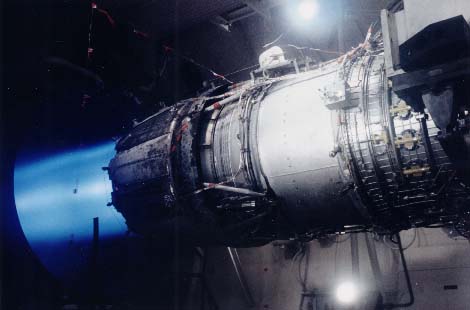

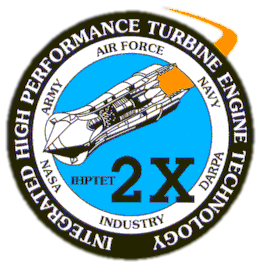
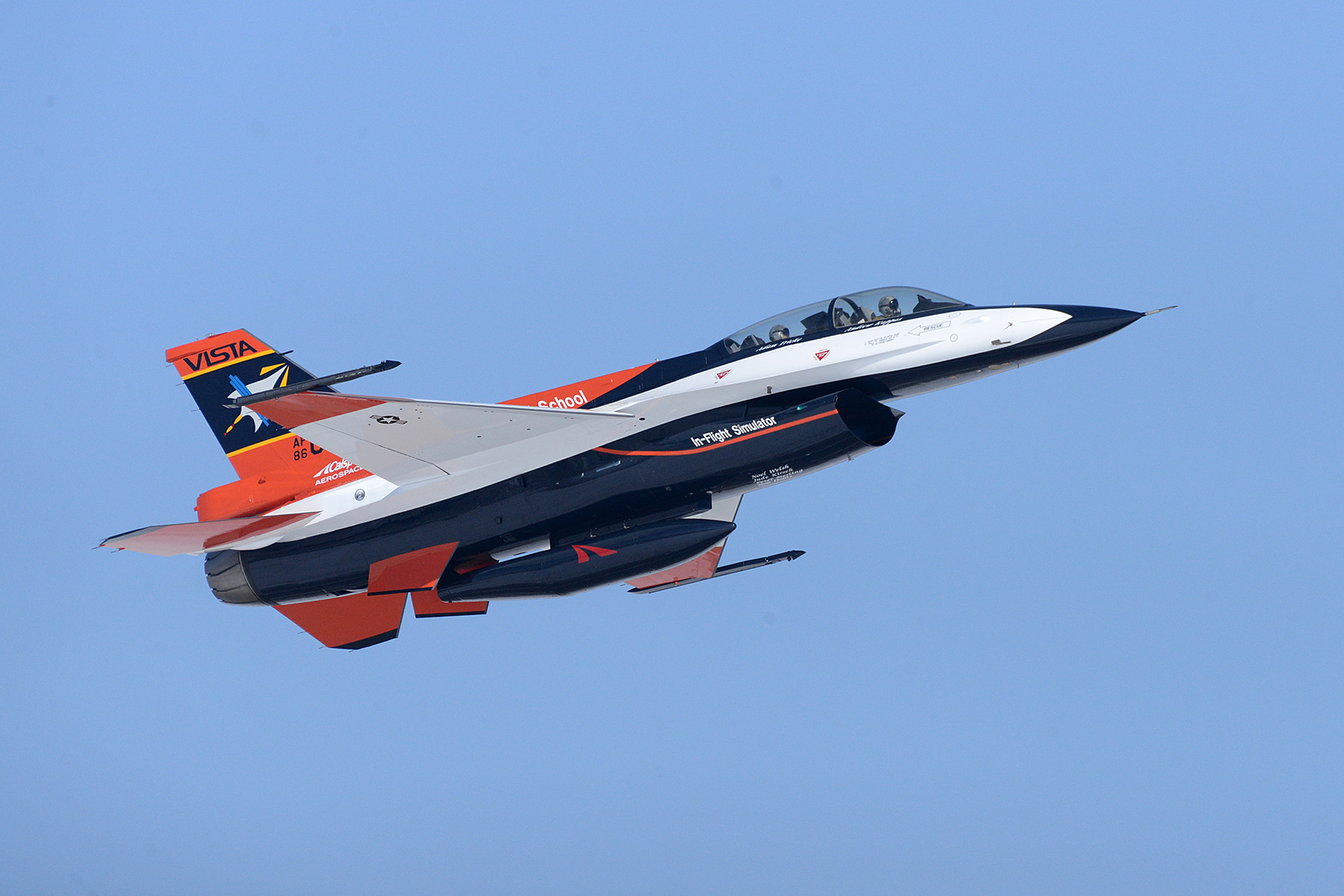

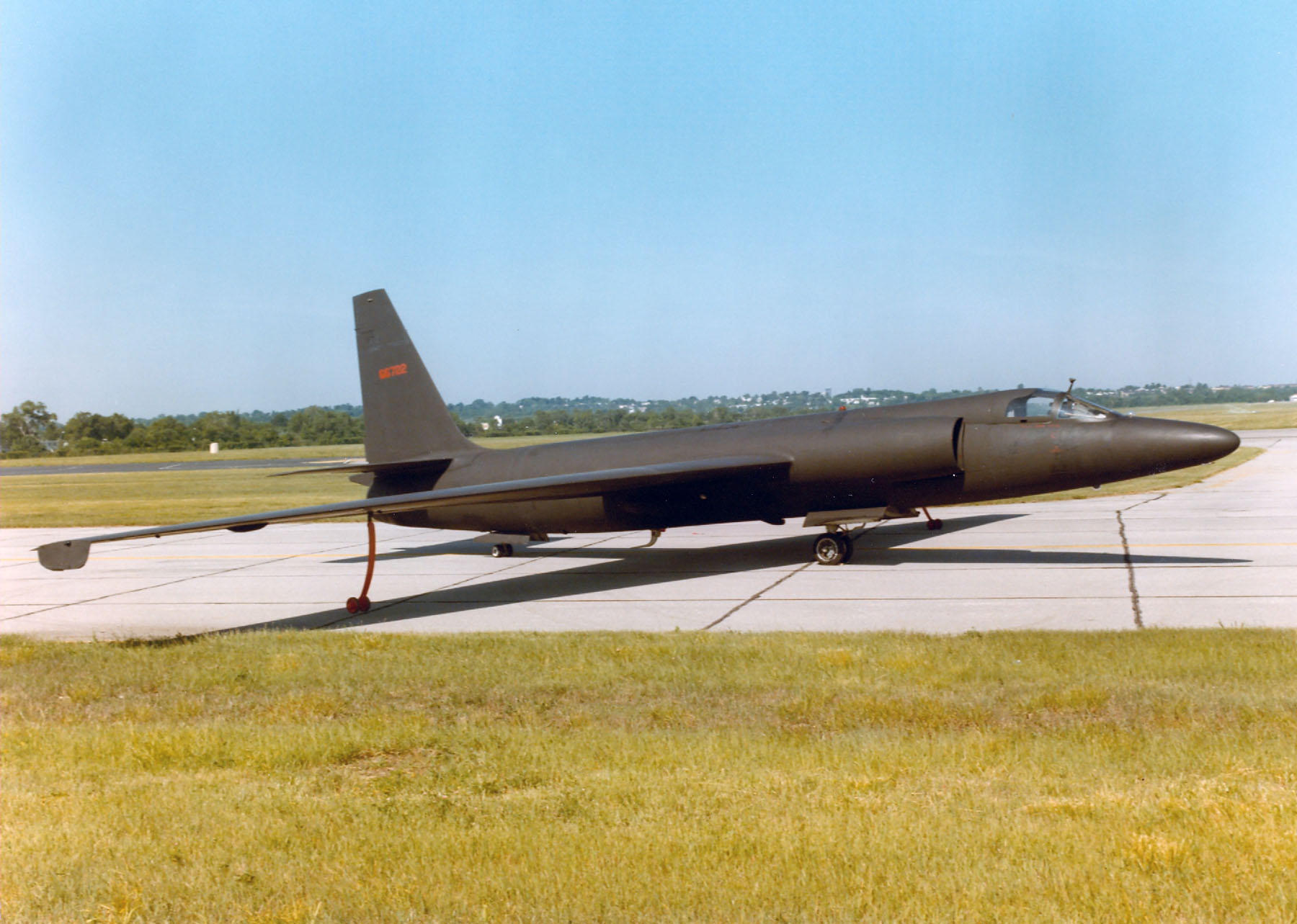
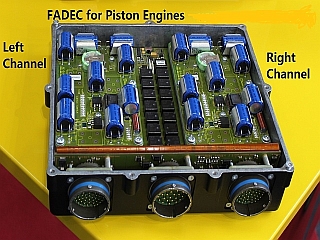
.jpg)

_pg328_AMERICAN_SOCIETY_OF_MECHANICAL_ENGINEERS._12_WEST_31ST_STREET.jpg)